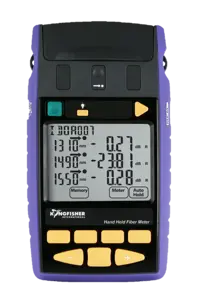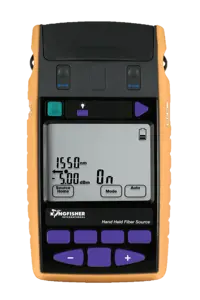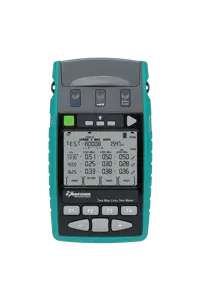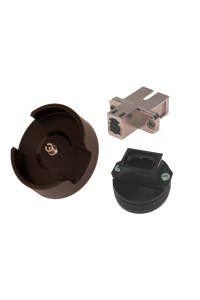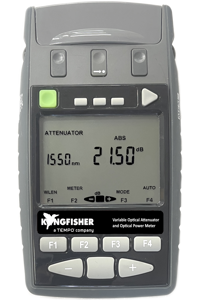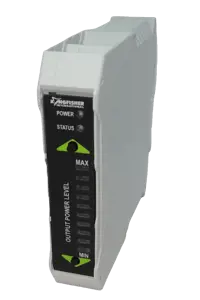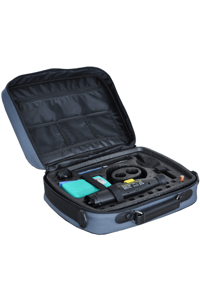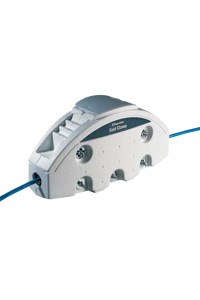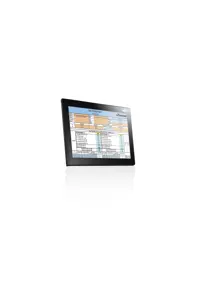For standards compliant test procedures & equipment, please refer to Standards Center. For more background theory, please read on...
Introduction
This method is the fastest and most accurate method for any link. The method of operation is a simplified version of Example 3:
- A bi-directional LTS is required at each end.
- Each instrument is referenced to itself, which is best done just before the measurement. This greatly reduces the problem of source drift, battery life, etc.
- The bi-directional dual wavelength measurement takes about the same time as a single direction, single wavelength measurement using previous generation instruments.
- The averaged link loss results are displayed directly on both instruments. If dual wavelength LTS are used, both values are displayed. No operator calculation is required.
- If the appropriate LTS is used, the return loss from each end is also automatically measured.
- If the KITS™ program is used, the measurement is clicked directly into the user report
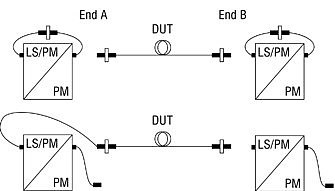
Key



